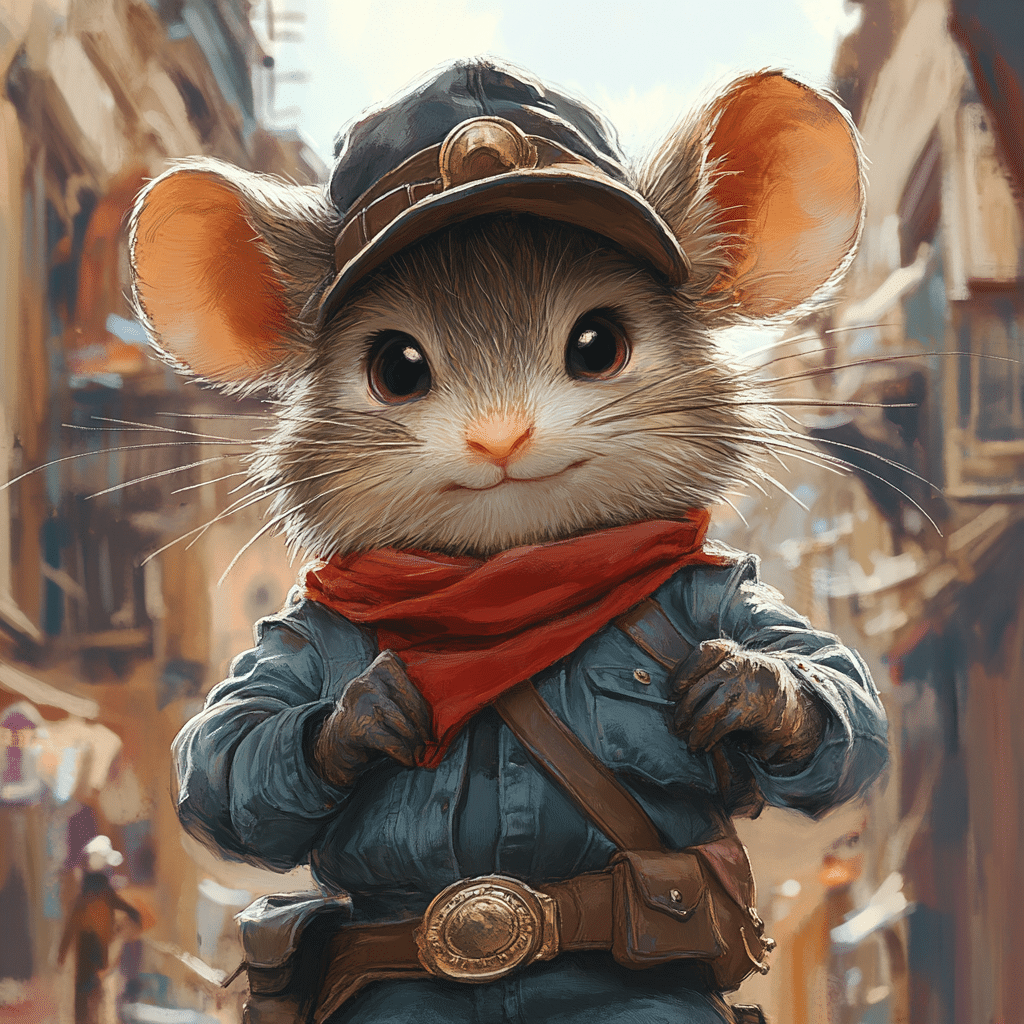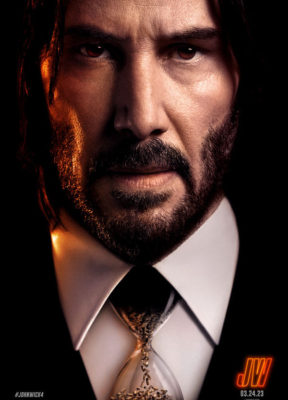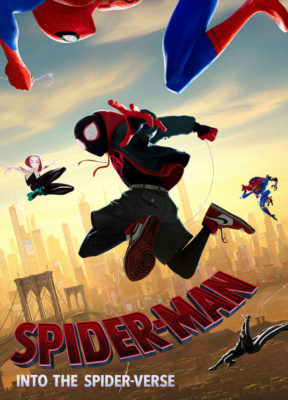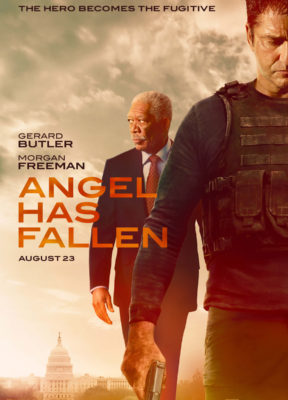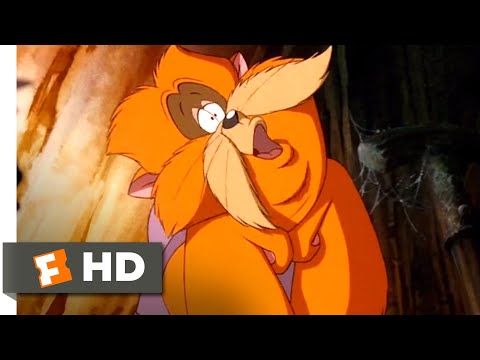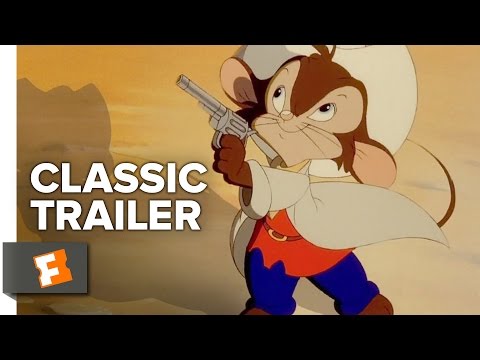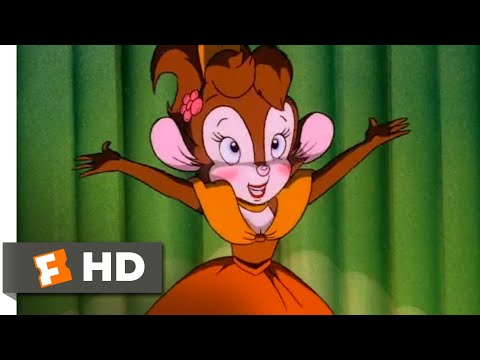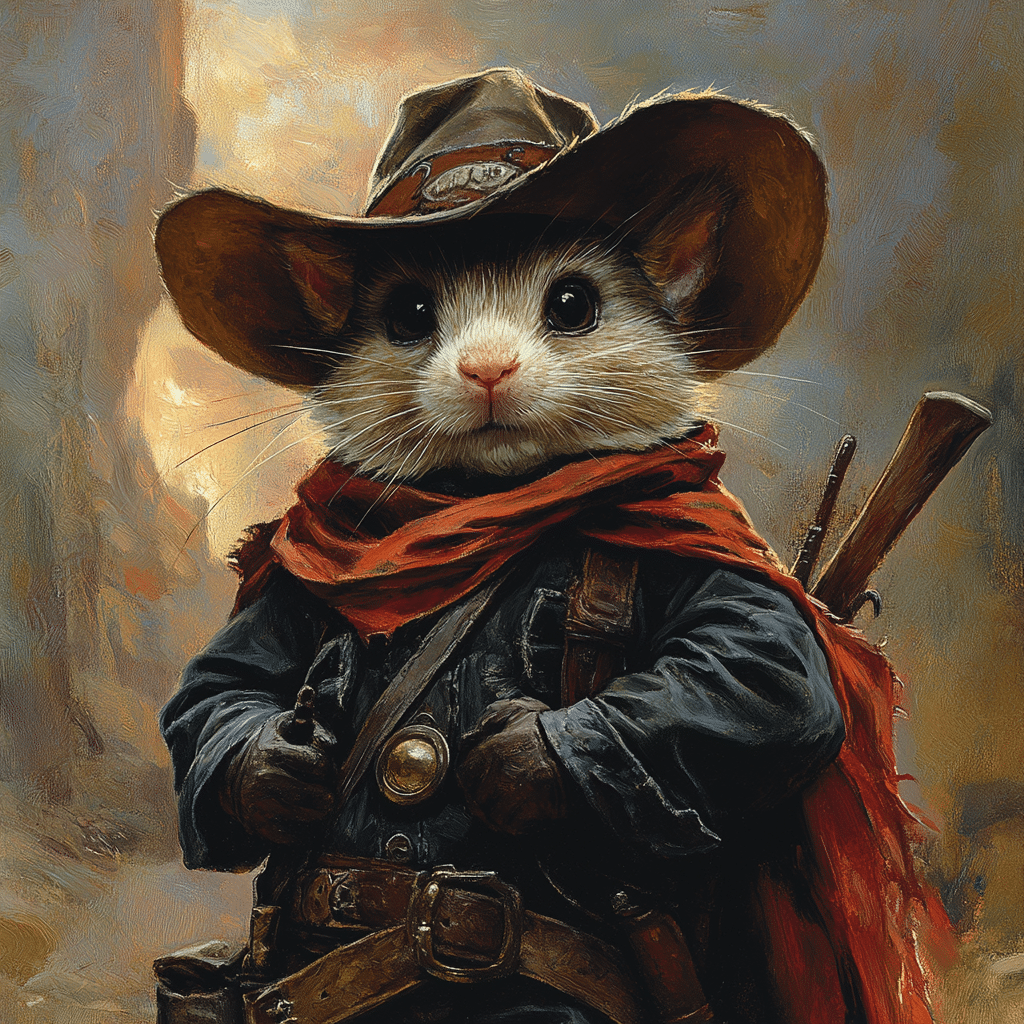
Fievel Goes West An Epic Journey Of Courage And Adventure
The animated sequel, Fievel Goes West, released in 1991, is not just a film for kids. It captures the hearts of audiences young and old, resonating with themes of courage, friendship, and the pursuit of the American Dream. Part of the An American Tail franchise, it artfully weaves adventure with deeper societal commentary, shedding light on the immigrant experience in America. As we dive deeper into its impacts, characters, and timeless themes, it’s easy to see why Fievel Goes West has become a vital piece of cinematic history, inspiring countless filmmakers and narrators.
The American Dream, wrapped up in a charming mouse’s story, offers viewers a breathtaking journey that ignites a spark of nostalgia. So many elements, from the animation style to the memorable songs, allow the film to live on in the hearts of those who watched it. Capturing the essence of adventure, it shows how the barriers faced by immigrants echo in the stories we still tell today.
Top 5 Themes in Fievel Goes West That Resonate Today
Fievel Goes West provides a vivid allegorical take on the immigrant journey. Fievel and his family leave their troubles behind in search of a better life. This mirrors the struggles that many modern-day immigrants face today, as they strive to pursue their version of the American Dream against overwhelming odds.
Fievel’s adventures are a testament to his bravery as he makes his way through the unknowns of the Wild West. His ability to confront fears, from outsmarting bandits to overcoming unforeseen challenges, exemplifies courage that rings true across generations, showing audiences everywhere that they can overcome their own obstacles.
As Fievel encounters various characters, from the bumbling but lovable Tiger the cat to other fellow mice navigating similar challenges, the film beautifully emphasizes the importance of camaraderie. Fievel’s resilience is bolstered by his friendships, reflecting the community bonds widely seen in immigrant groups today.
Fievel and his friends’ relentless pursuit of their dreams is an inspiring theme throughout the film. They encounter various obstacles, just like the entrepreneurs and creatives of today facing setbacks yet determined to succeed, reminding viewers of the importance of tenacity in the face of adversity.
Above all, Fievel Goes West powerfully conveys the significance of home, both physically and emotionally. Fievel’s longing for his family resonates strongly, reflecting feelings of isolation and the search for belonging in our fast-paced world, a reality many still experience today.
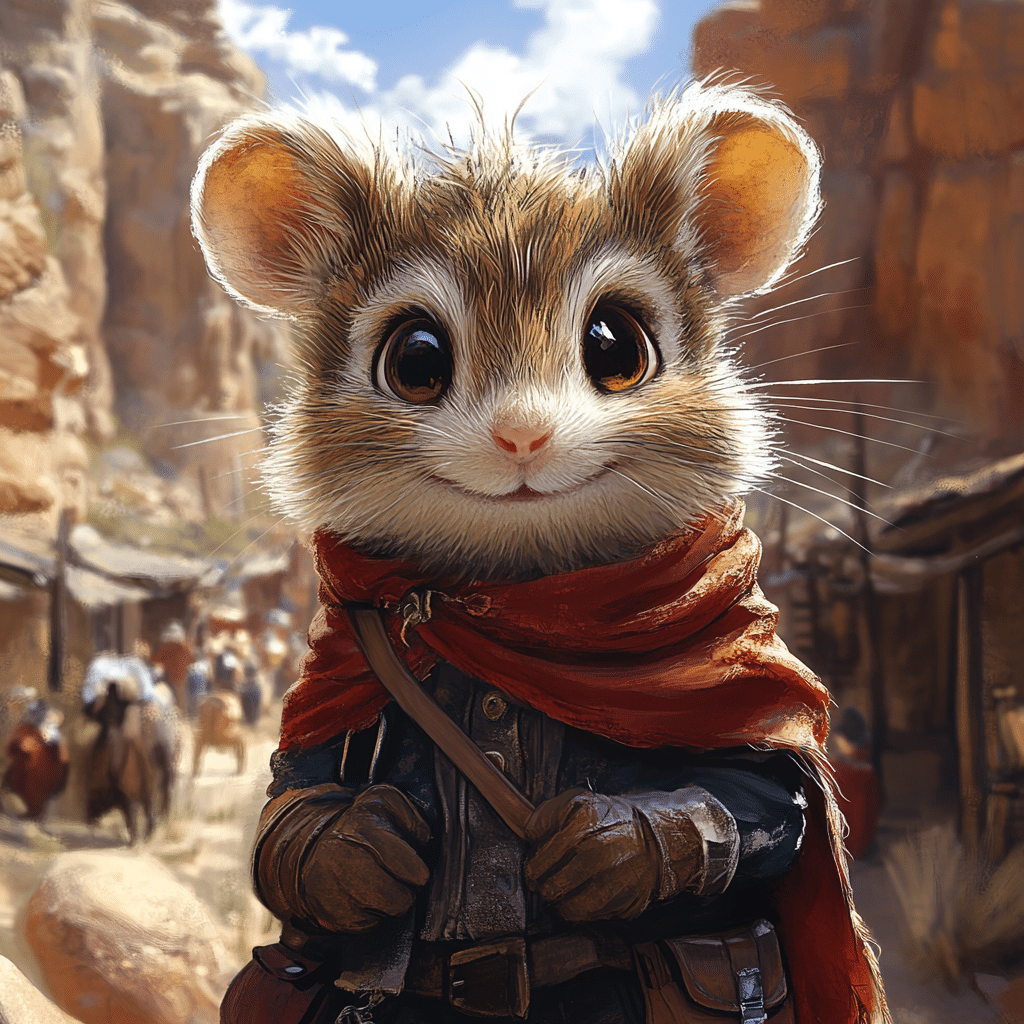
The Cultural Impact of Fievel Goes West
The legacy of Fievel Goes West extends far beyond its box office performance. It stands as a beacon of 90s animation that shaped the industry’s trajectory. By spotlighting immigrant experiences, the film set a precedent for rich and diverse storytelling in animated film. This paved the way for subsequent works, such as Coco and The Book of Life, which similarly honor cultural heritage while wrapping them in fantastical narratives that resonate with audiences around the globe.
This cultural significance emphasizes that storytelling can go hand in hand with social awareness. Fievel Goes West reminds us that the shared experiences of newcomers to America has the potential to enhance empathy and understanding across communities. After all, representing these stories matters in creating a film industry that mirrors society’s diverse tapestry.
Character Analysis: Fievel Mousekewitz and His Journey
At the center of this tale stands Fievel, the bright-eyed mouse, who embodies perseverance and hope. His character is a poignant symbol of a child’s innocence and the steadfast determination reflected in so many immigrant narratives. As he interacts with others—like Wylie Burp, the clever dog who lends a helping paw—Fievel’s journey unveils various societal responses to newcomers, from open arms to skepticism.
Throughout Fievel Goes West, we witness his growth. He transforms from a naive little mouse into a courageous adventurer. By facing challenges and forming bonds, Fievel ultimately becomes a beacon of resilience for everyone—a reminder that support often comes from the most unexpected allies.
Through character dynamics, the film subtly illustrates that every immigrant story contributes to the broader narrative of American society. By showcasing Fievel’s journey, it opens doors for conversations that question stereotypes and emphasize shared humanity.
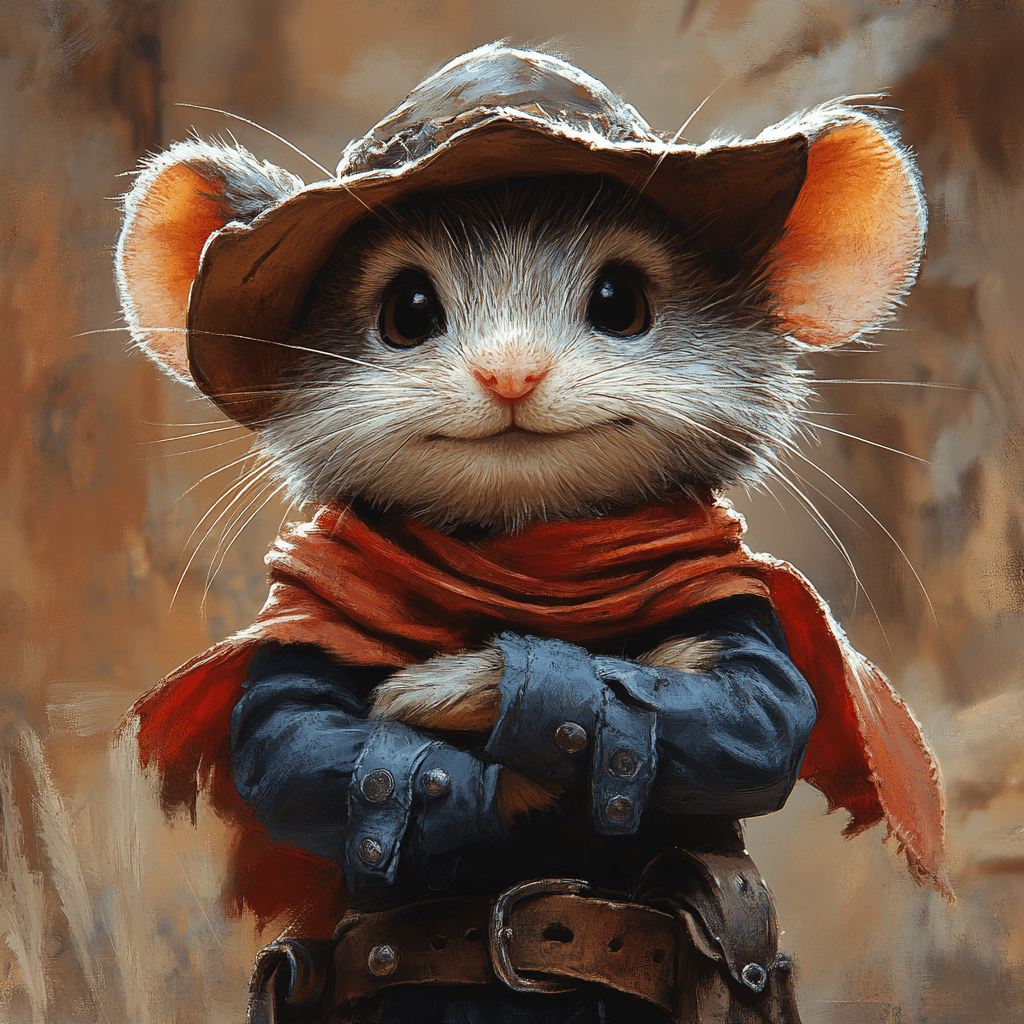
Reflection on Animation and Creativity in Fievel Goes West
The animation style of Fievel Goes West plays a pivotal role in its storytelling prowess. Its nostalgic 2D animation, combined with lush backgrounds and expressive character designs, creates an emotional resonance that captivates viewers of all ages. Unlike many modern CGI-heavy films that often prioritize visuals over emotional depth, the aesthetic of Fievel Goes West allows its narrative to shine.
Animators poured creativity into every scene—delivering exquisite detail that makes its world feel alive and full of adventure. The traditional animation technique added layers of warmth that evoke feelings akin to childhood memories, paving the way for future animated features to prioritize story-driven visuals.
Ultimately, the film showcases how animation itself can serve as a powerful medium for narrating nuanced stories that speak to the human experience. By creating relatable characters and heartwarming journeys, Fievel Goes West proves that animation impacts storytelling far beyond mere entertainment.
The Legacy of Fievel’s Adventure in Modern Cinema
Looking ahead to 2024, Fievel Goes West continues to stand firm as a classic cornerstone of animated cinema. It remains a source of inspiration for filmmakers, discussing diversity and the immigrant experience across new platforms and formats. Many recent films echo similar themes, emphasizing that the courage and resilience manifested in Fievel’s adventures are as relevant as ever.
As we reflect on Fievel’s journey, we recognize that Fievel Goes West is much more than a children’s film. It represents the indomitable spirit of those searching for belonging and understanding—a narrative that weaves its way through generations in a world that continues to evolve. Fievel Goes West reminds us that amidst turmoil and uncertainty, courage and community remain essential threads in our ongoing stories.
As we watch independent filmmakers tackle similar themes, it’s clear that Fievel’s legacy lights the way for many stories that celebrate the triumph of the human spirit—whether through a whimsical tale or a deeper exploration of societal struggles. That’s the gem of Fievel Goes West: its ability to unify various experiences through the lens of adventure, leaving lasting impressions that resonate long after the credits roll.
Fievel Goes West: An Epic Journey of Courage and Adventure
Behind the Animation
You might not know that Fievel Goes West, the beloved follow-up to An American Tail, had a bit of a rocky start. Originally released in 1991, the film takes our little mouse hero from his humble beginnings in New York to the wild adventures of the West. Interestingly, the idea of Fievel’s journey aligns with themes of exploration and finding a home, akin to characters you’d see in a certain monster truck movie that emphasizes courage and adventure too! Speaking of journeys, did you know that the animators behind the film drew inspiration from real-life locations like Southern California’s scenic mountains, fitting perfectly with the film’s vibrant landscapes?
Stars on the Rise
Now, let’s talk about some surprising talent behind the scenes. The film’s voice cast includes some real heavyweights. One standout is the multi-talented Titus Makin jr., who kicked off his career with voice work for animated features before dazzling audiences on various stages. Fievel’s journey through challenges mirrors the perseverance you see in the Austin Police Department as they serve and protect their community, facing obstacles with unyielding bravery. These layered narratives resonate with viewers, bridging animation and real-world experiences.
Fun Facts and Easter Eggs
Furthermore, the creators snuck in quite a few fun Easter eggs. During Fievel’s adventures, you might spot references to classic Western films, and even a cheeky nod to famous characters like Anne Hathaway’s Catwoman! The screenwriters packed the film with clever little details, ensuring that every watch offers something new to discover. Plus, fans might get a kick out of how the film handle themes of maturity—What Does mature mean in this furry context, you might wonder? It’s all about navigating challenges and growing into one’s self, much like our little Fievel throughout his journey.
So, whether you’re tuning in for the first time or revisiting Fievel’s charming escapades, this animated classic continues to inspire and entertain with its heartfelt story of hope and adventure. After all, who doesn’t love following a tenacious little mouse as he bravely steps into the unknown? Whether you experience it on screen or through associated projects and its clever placement in pop culture—like the buzz surrounding Drake’s net worth or the current buzz about fighter Showtimes—it’s a trip that never gets old!
